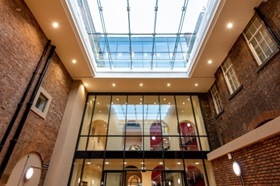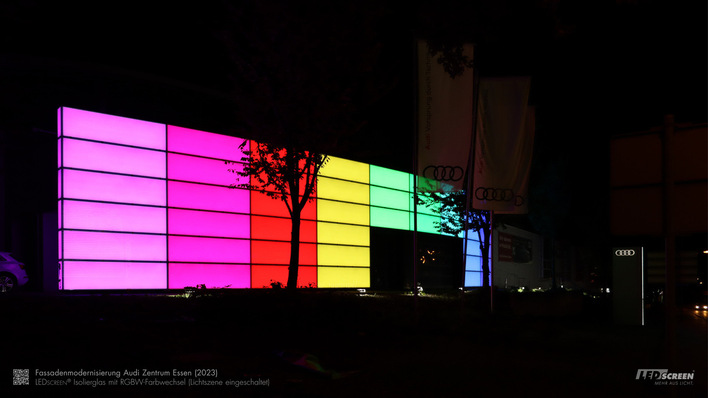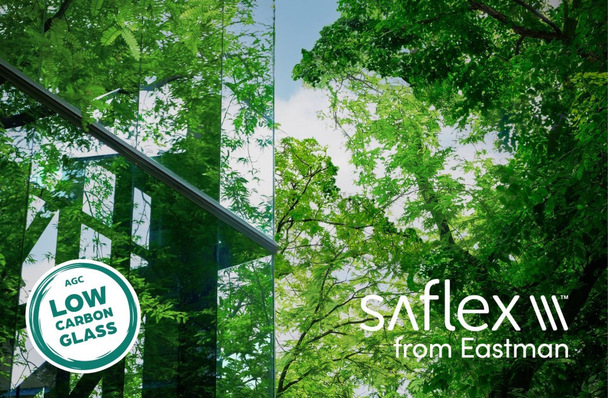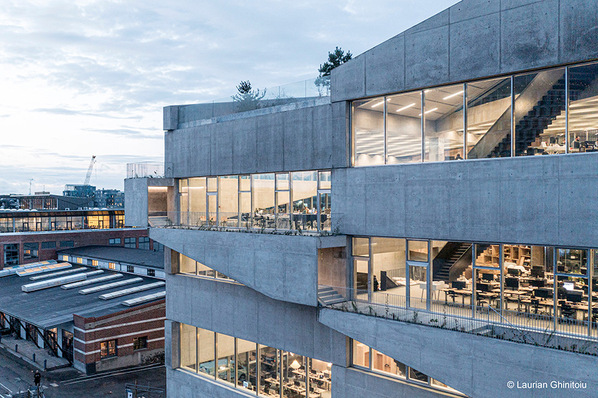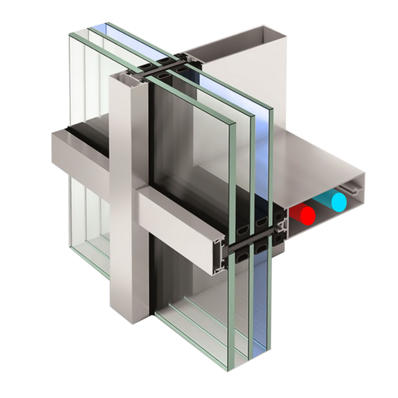Established by Sir Paul McCartney and co-founder Mark Featherstone-Witty in 1996, the institute was created following a multi-million-pound refurbishment of a grammar school attended by the former Beatle in the 1950s, the Liverpool Institute High School for Boys.
Today it is one of the preeminent performing arts higher-education institutions in the UK, with almost 1,000 enrolled students, many of them from countries around the world. The 160sqm new space will allow students to host dramatic, musical and dance performances using the facades of its existing buildings as a backdrop, while also benefitting from the large amount of natural light that floods the courtyard.
Here comes the sun
The rooflight was created using the Pilkington Planar structural glazing system, employing a series of four toughened and laminated glass fins to transfer the weight of the glass to the surrounding structures. This avoided the need to use any steel elements in order to deliver maximum light transmission and clarity, and also to complement the aesthetics of the wider building.

Christian Smith
[5 facts that make a great rooflight dome]
Architect Maggie Mullan explained how the glazing system helped achieve the design vision for the space. She said: “LIPA is a cherished place, and one with a complicated construction history going back to the creation of the original school building in 1837. One of the key challenges for us was to respect the architectural history and coherence of the campus while also creating a new space with its own identity.
Structural glass fins for stability
“To inform the decisions made in this project, we worked closely with the client to establish a design code, based on a detailed understanding of the many complex layers of the building, that would allow our intervention to coalesce and unite its existing features. The effect of the rooflight is to transform what was previously a linking outdoor area into a flexible, beautiful space that the institute will be able to use for a host of different purposes for years to come.
“The Pilkington Planar system with its inobtrusive countersunk flush stainless steel point fixings, along with the structural glass fins, allowed us to achieve our aims with minimal aesthetic impact on the much-loved character of the existing building.”
Outstanding performance
In order to deliver the required structural strength and energy performance, the roof glazing itself was made up of double glazed units featuring 10 mm thick Pilkington Suncool 66/33 THS outer pane with a 16 mm wide air-filled cavity and an inner pane of 13.5 mm-thick laminated glass.
For extra safety, all the glass was toughened and heat-soak tested (THS). The horizontal fins are made from the Planar | SentryGlas System, which offers increased strength and durability.
[First architectural glass produced using hydrogen]
Phil McKibben, head of special projects at RED Systems said: “The location of the rooflight in the centre of the building meant accessing the site was an interesting challenge and we worked closely with Aztec to plan the installation and safely hoist the glass over the surrounding buildings to create this fantastic finished structure.”
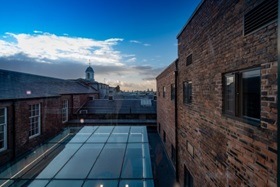
Christian Smith
Improved temperature control
Gary Stonelake, business development manager at Pilkington UK said: “The Pilkington Planar structural glazing system allows architects to design buildings with reduced sight lines for highly attractive environments with more light and a greater feeling of space. This can be achieved without compromising on the structural and thermal performance of the system. The Pilkington Architectural design engineers worked closely with our accredited installer to meet the client’s expectations in this building that once housed the old school of Paul McCartney of the The Beatles.”
The glass also delivers outstanding energy performance, thanks to use of Pilkington Suncool coating. This improves the temperature control of the building in respect to heat loss or gain through the glass, and maximises natural light entering the internal space to help reduce the need for artificial lighting creating a comfortable controlled environment.







